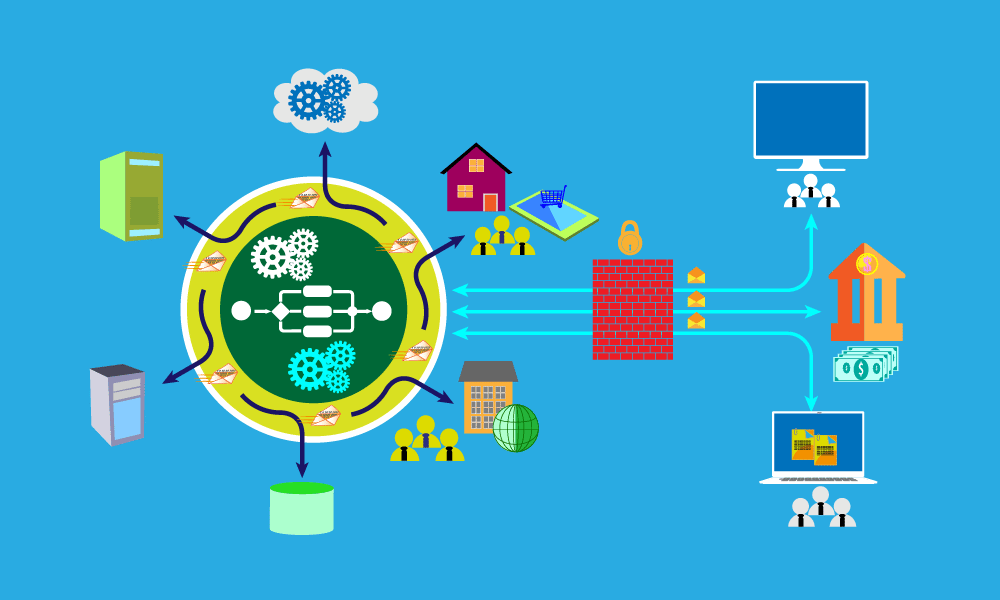What does MPLS stand for?
MPLS stands for Multi-Protocol Label Switching. SPOTO is committed to the MPLS technology, which is a vital part of the certification exam. SPOTO will provide you with 100% real study materials about the MPLS technology.
What is MPLS?
When data is propagated from one network node to the next, it is a mechanism for routing traffic within a telecommunications network. MPLS can provide applications including VPN (Virtual Private Network), Traffic Engineering (TE) and quality of Service (QoS).
How does MPLS work?
In MPLS, packets are booted over the network based on the specified tag. Tags are associated with a predetermined path through the network, which allows for a higher level of control than a packet-switched network. MPLS routing allows different QoS characteristics and priorities to be assigned to specific data streams, and operators can pre-determine the fallback path if they must reroute traffic.
Using a pure IP (internet protocol) route in a packet-switched network, each data packet may determine its own network path-this is a dynamic flow, but not predictable. But itundefineds very cost-effective.
In the previous circuit switched telecommunications network, the physical and T1 lines carry data and voice traffic. This provides a predictable route but is very expensive and difficult to scale due to the need to invest in a large amount of infrastructure.
Therefore, MPLS and similar technologies, carrier Ethernet (CE) have evolved to allow control of network routing, creating the same path as point-to-point connections within the network, but virtual and flexible rather than physical.
What is the “label switching” in MPLS routing?
As packets travel through the MPLS network, their labels are switched or swapped.
The packets enter the edge of the MPLS backbone network, check, classify and give the appropriate tags, and forward them to the next hop in the preset label switching path (LSP). When packets pass through the path, each router on the path uses tags-rather than other information (such as IP header), to make a forwarding decision to keep packets moving along LSP.
However, in each router, check the incoming label and match its next hop to the new label. The old label is replaced with a new label for the next destination of the packet, and then the newly tagged packet is sent to the next router. Each router repeats the process until the packet reaches the exit router.
Remove the tag information at the last hop or exit router so that the packet returns identification by the IP header instead of the MPLS tag.
What are the differences between Carrier Ethernet and MPLS?
"they all have a tagging mechanism," Binda said. "they all have the ability because you are creating headings, creating virtual tunnels, and Ethernet virtual circuits. The main difference between the two is how many networks you have and how specific the label or path is configured. "
In general, MPLS has more complex control over network dynamics and higher scalability than operator Ethernet. Compared with the traditional transmission mechanism, both have advantages in cost reduction per bit of data.
"they can actually complement each other," Binda added. Some operators design their networks so that carrier Ethernet is in one part of the network and MPLS in the other. MPLS can also be designed to reach the edge of the network.
"The whole industry is considering how to work together," said, "each of us wants to turn from a legacy network to an operator ethernet and Mpls".

 Join Telegram Study Group ▷
Join Telegram Study Group ▷














